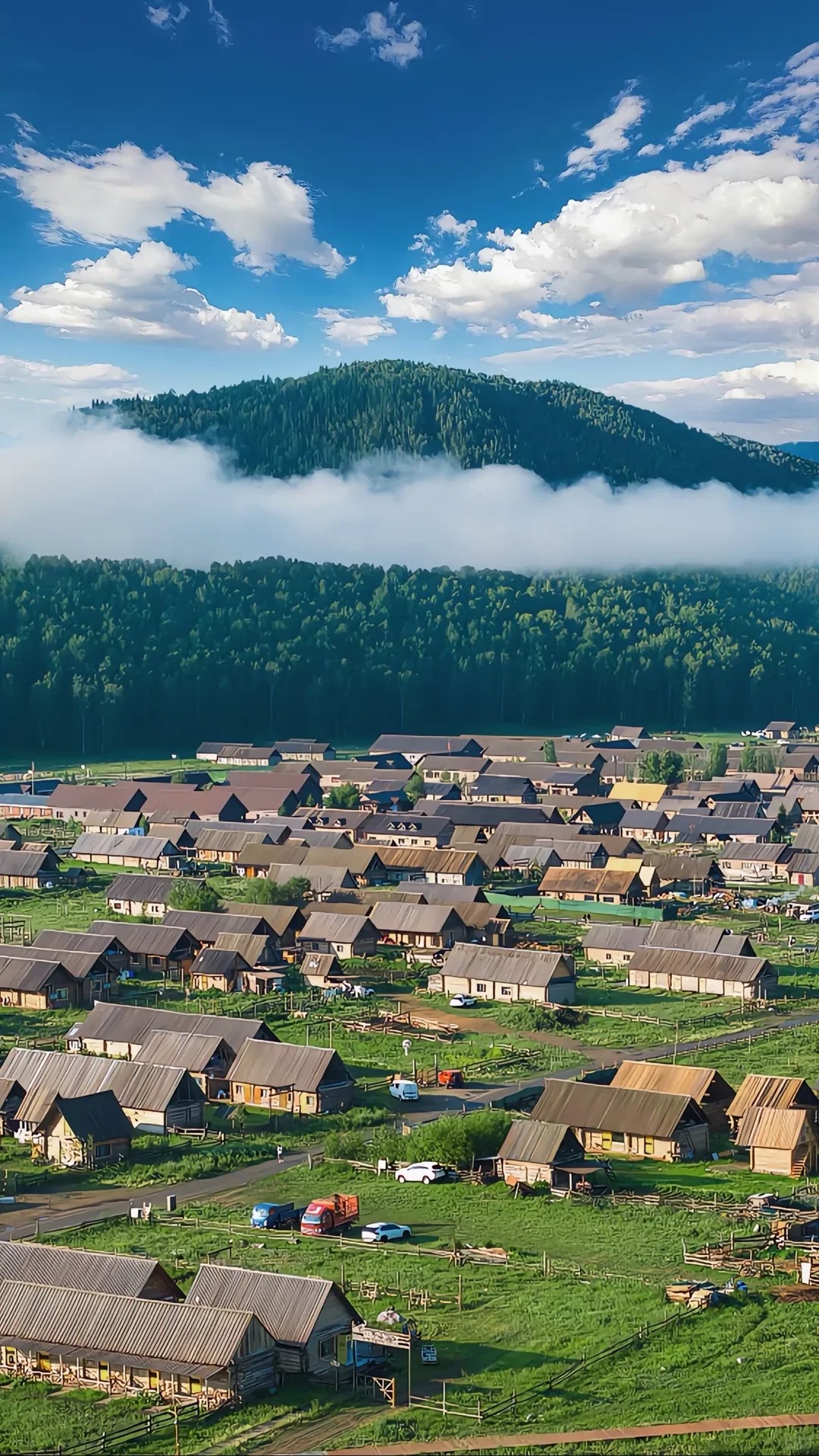Introduction to Hemu Village
Nestled in the northern reaches of Xinjiang’s Altay Prefecture, Hemu Village stands as a living testament to China’s ethnic diversity and natural beauty. This small settlement, home to the Tuva people, offers visitors a rare glimpse into a way of life that has remained largely unchanged for centuries.
| Hemu Village Quick Facts | |
|---|---|
| Location | Burqin County, Altay Prefecture |
| Elevation | 1,100 meters above sea level |
| Population | Approximately 1,500 |
| Main Ethnic Group | Tuva |
Historical and Cultural Background
Hemu Village traces its roots back over 200 years when Tuva nomads settled in this verdant valley. The Tuva, an ethnic minority with Siberian origins, have preserved their unique culture, language, and traditions despite centuries of change in the surrounding regions.
Their history is intertwined with:
- Ancient Silk Road trade routes
- Nomadic herding practices
- Shamanistic beliefs blended with Buddhism
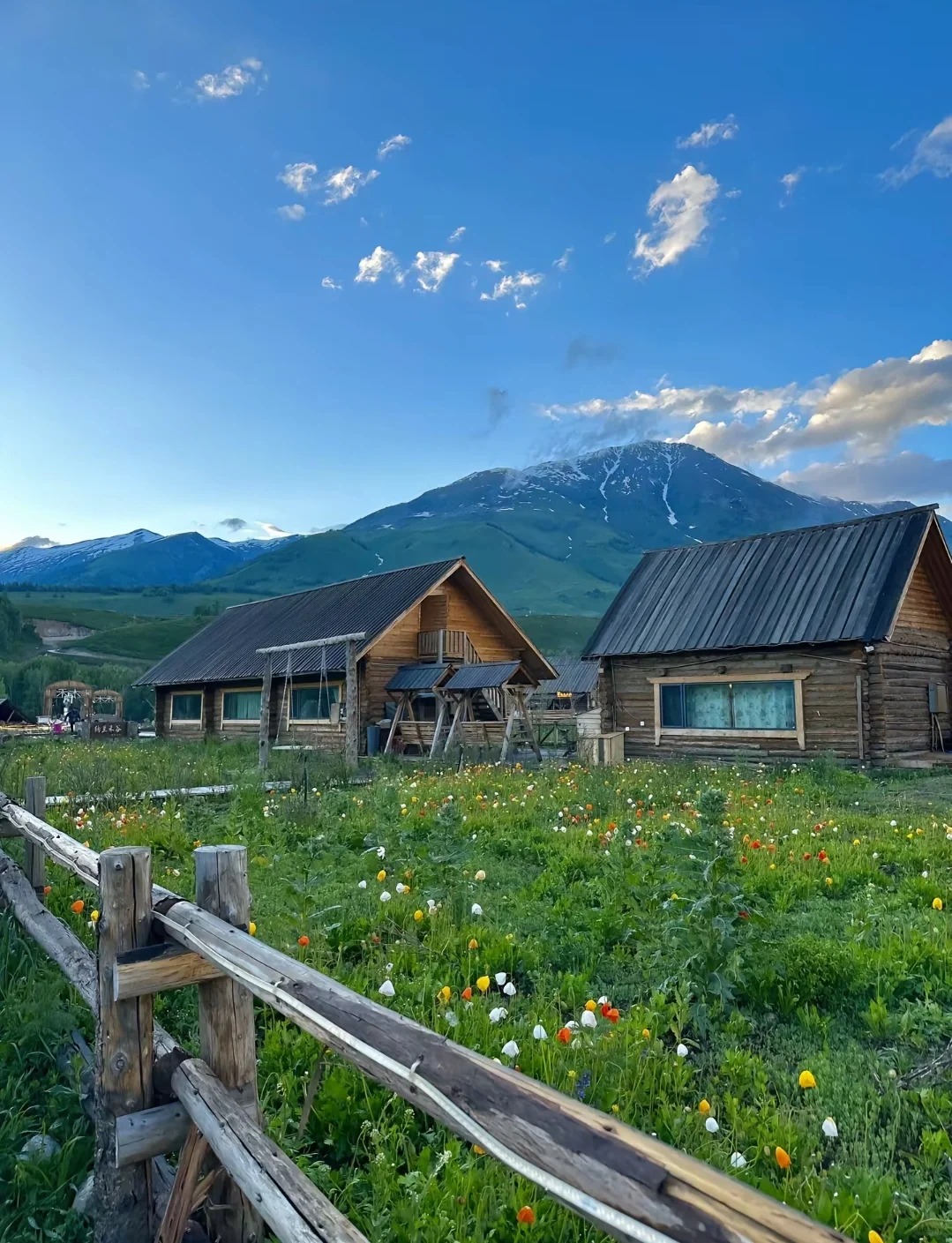
Natural Landscape
Hemu Village is enveloped by breathtaking natural beauty:
- Dense birch forests that transform with the seasons
- Snow-capped peaks of the Altay Mountains
- Pristine rivers teeming with fish
The landscape offers a stunning display throughout the year:
- Spring: Blooming wildflowers carpet the meadows
- Summer: Lush greenery and clear blue skies
- Autumn: A riot of golden and crimson foliage
- Winter: A serene snowscape straight out of a fairy tale
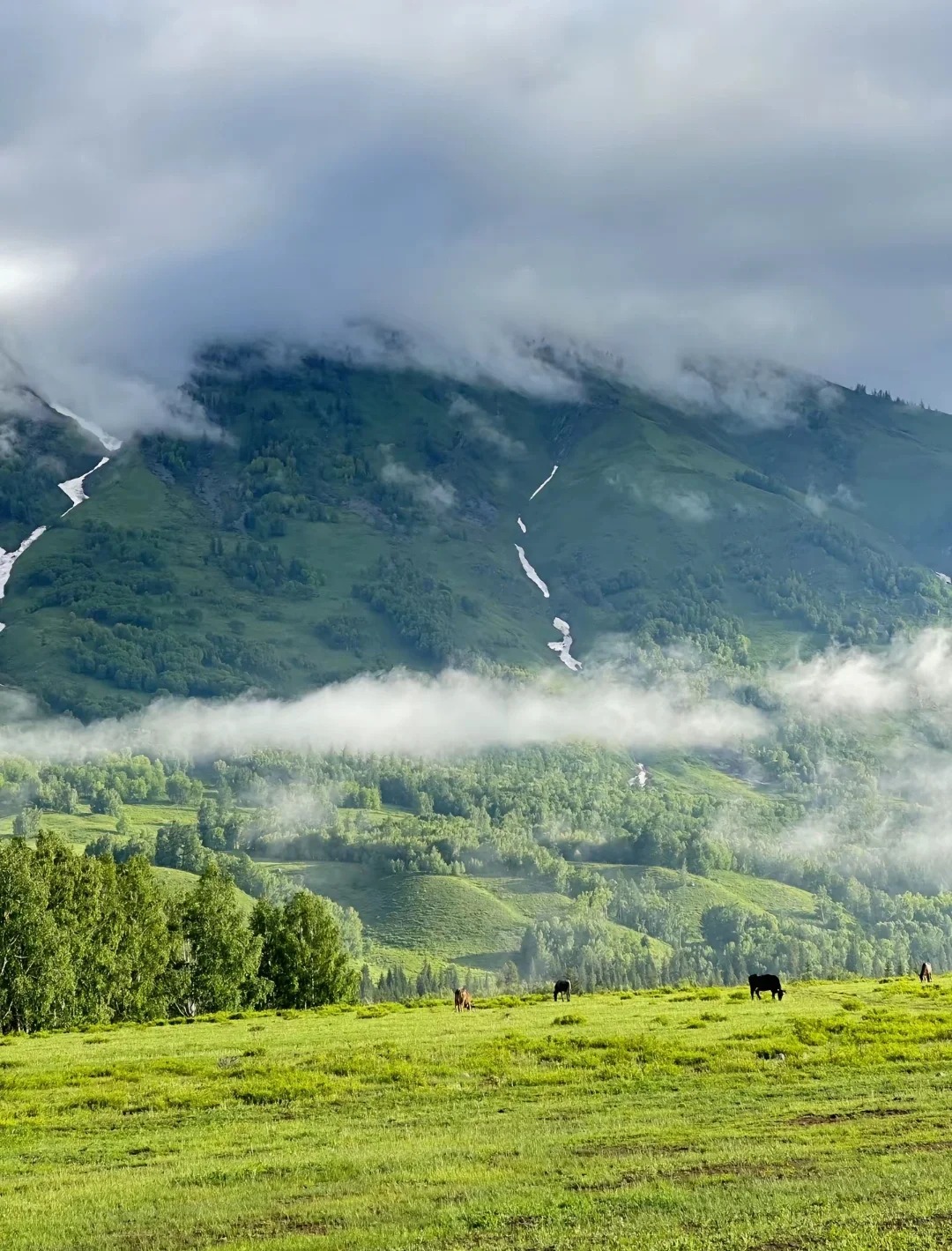
Traditional Architecture
The village’s architecture is a crucial part of its charm:
Wooden Houses:
- Built entirely of logs without nails
- Intricate carvings adorning doors and windows
- Sloped roofs designed to shed heavy snow
Village Layout:
- Homes clustered along the main river
- Central square for community gatherings
- Traditional fences made of woven branches
This architectural style not only reflects the Tuva’s craftsmanship but also their harmony with the surrounding nature.
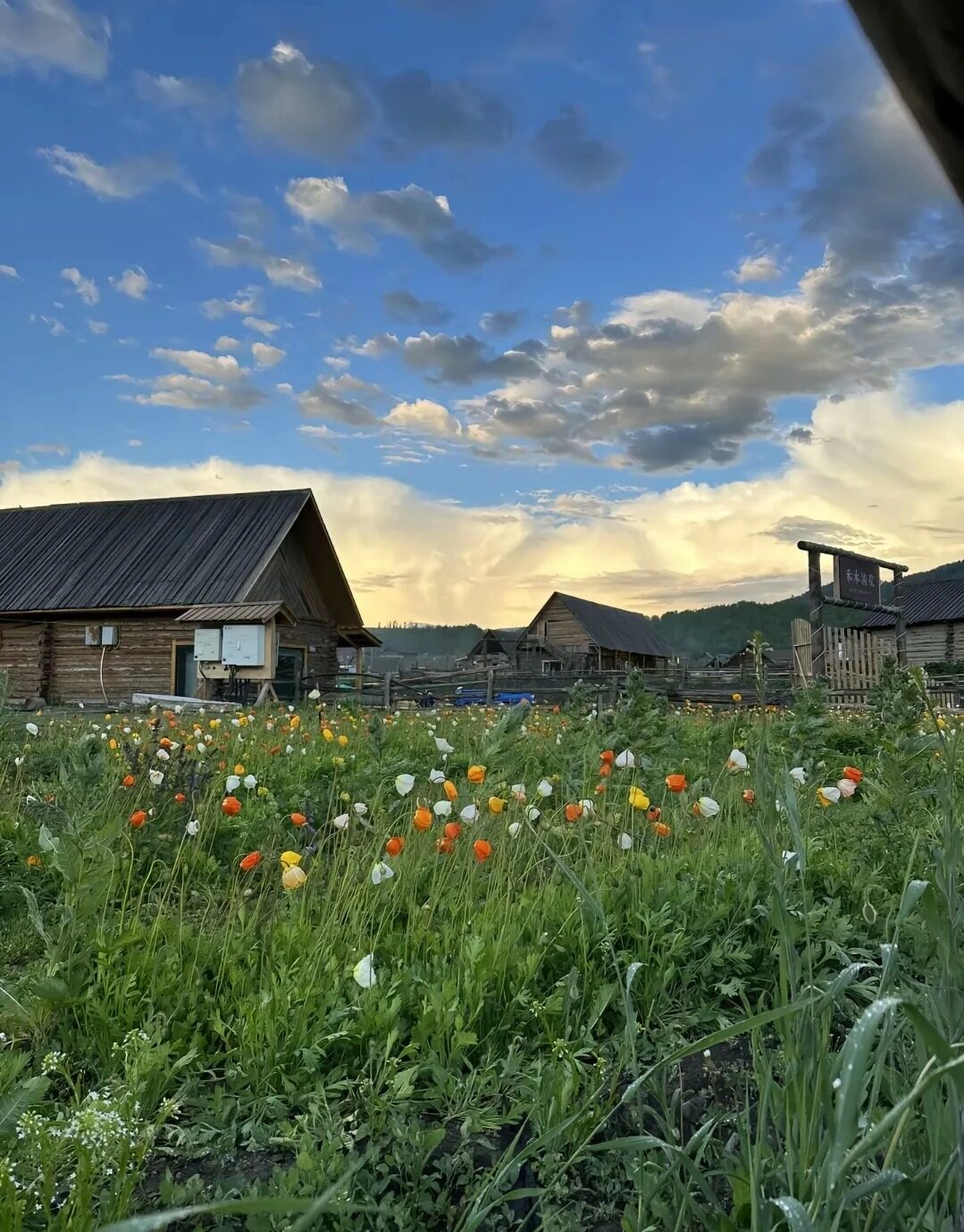
Local Life and Customs
Daily life in Hemu revolves around traditional practices:
- Herding cattle and horses
- Hunting and fishing
- Crafting traditional items like felt rugs and wooden utensils
| Seasonal Activities | Description |
|---|---|
| Spring | Planting crops, repairing winter damage |
| Summer | Grazing animals in high pastures |
| Autumn | Harvesting and preparing for winter |
| Winter | Crafting, storytelling, community gatherings |
Festivals:
- Nadam Fair: Showcasing horsemanship and wrestling
- Winter Ice Festival: Celebrating the harsh beauty of the season
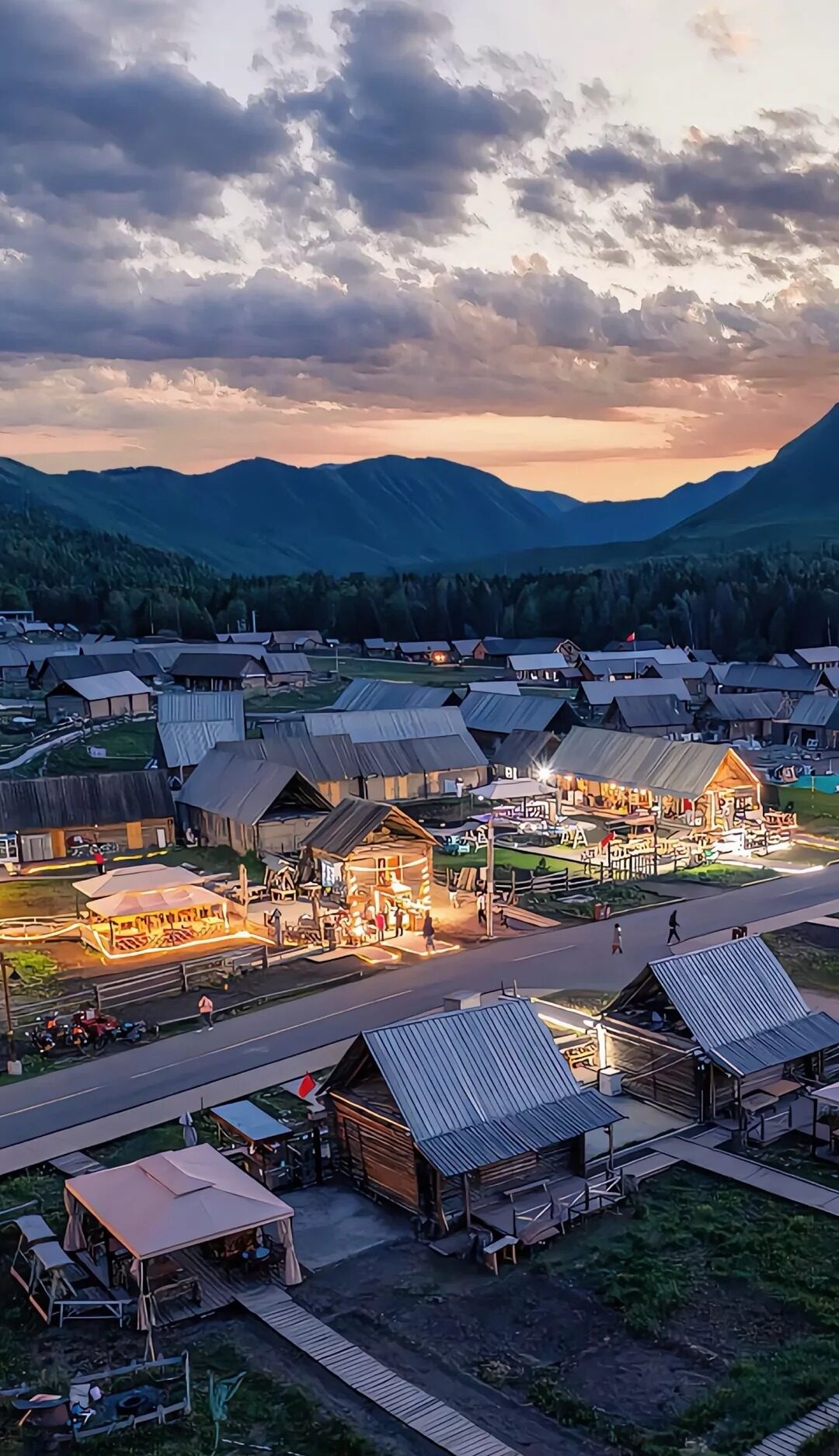
Visitor’s Guide
To fully experience Hemu Village, consider the following:
Best Times to Visit:
- June to September for mild weather and lush scenery
- Late September to early October for stunning autumn colors
Accommodation:
- Homestays with local families for an authentic experience
- Guesthouses offering more modern amenities
Activities:
- Photography tours capturing the village’s timeless beauty
- Horse riding through surrounding meadows and forests
- Hiking trails offering panoramic views of the landscape
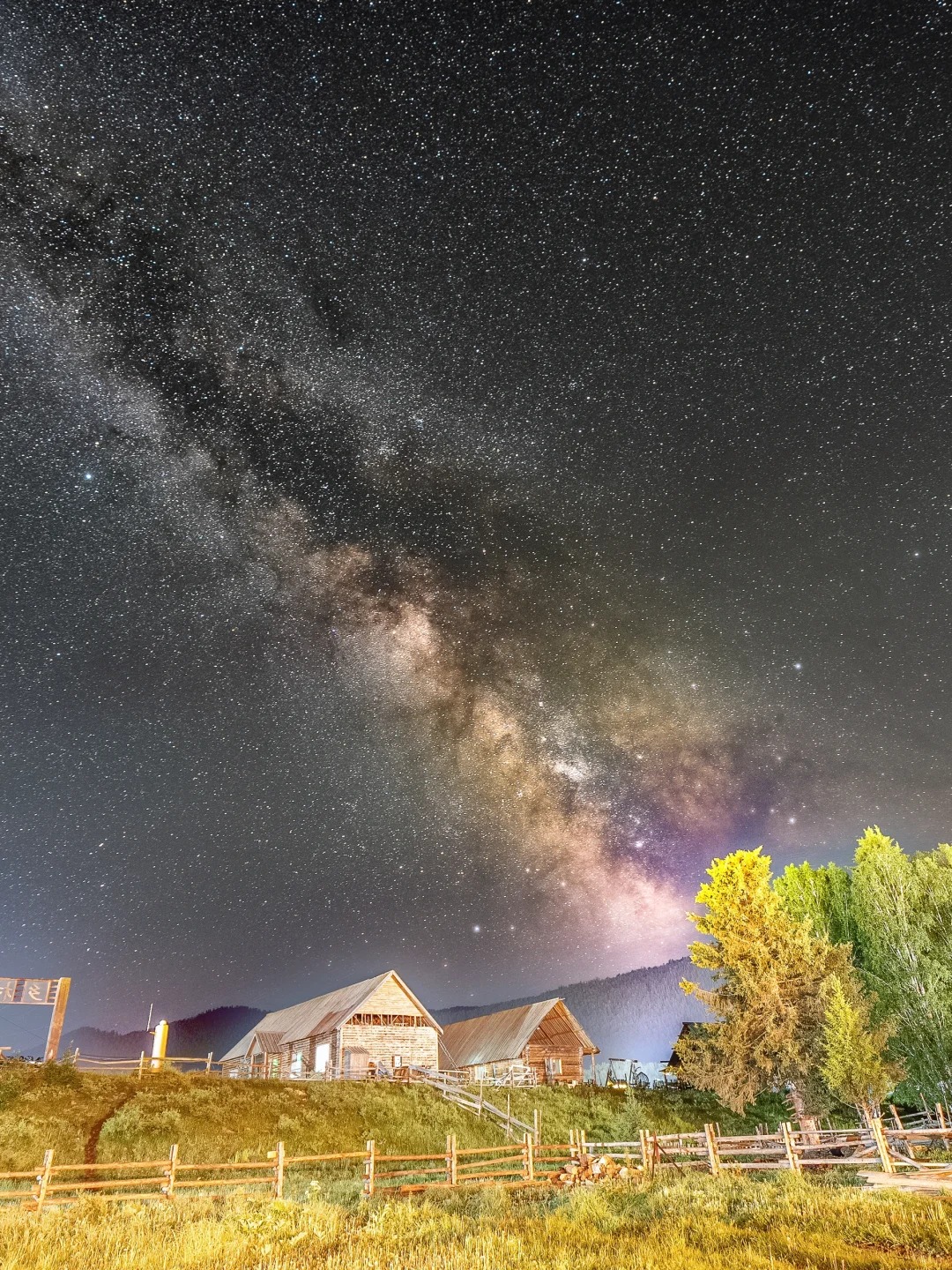
Practical Travel Tips
Transportation:
- Fly to Kanas Airport or Burqin Airport
- Take a bus or hire a car to reach Hemu Village (approx. 3-4 hours drive)
Etiquette and Cultural Sensitivity:
- Ask permission before photographing locals
- Respect religious beliefs and customs
- Learn a few basic Tuva phrases as a gesture of goodwill
Sustainable Tourism Practices:
- Use local guides to support the community
- Minimize waste and respect the natural environment
- Purchase authentic, locally-made souvenirs
In conclusion, Hemu Village offers a rare opportunity to step back in time and experience a way of life that has all but disappeared from our modern world. Its stunning natural beauty, rich cultural heritage, and warm hospitality make it a must-visit destination for those seeking to explore the lesser-known wonders of China. As you plan your journey to this remote paradise, remember that you’re not just a visitor, but a guest in a living, breathing community. Approach your visit with respect, curiosity, and an open heart, and Hemu Village will reward you with memories to last a lifetime.


